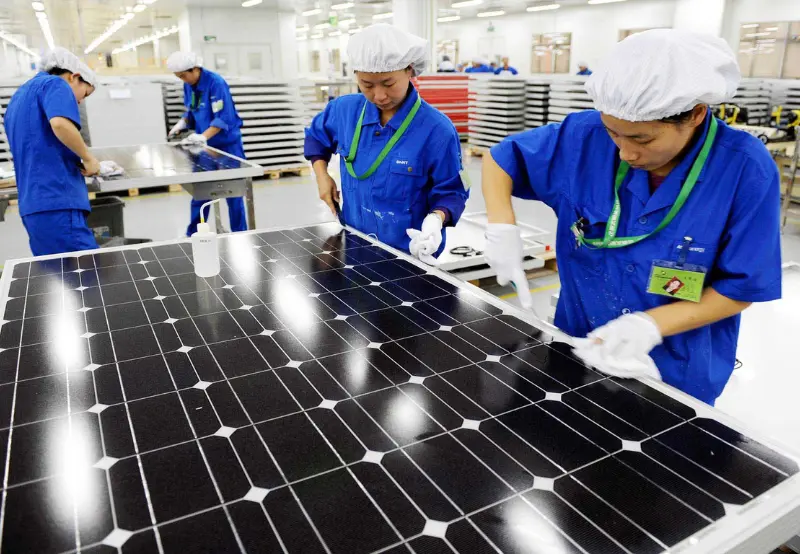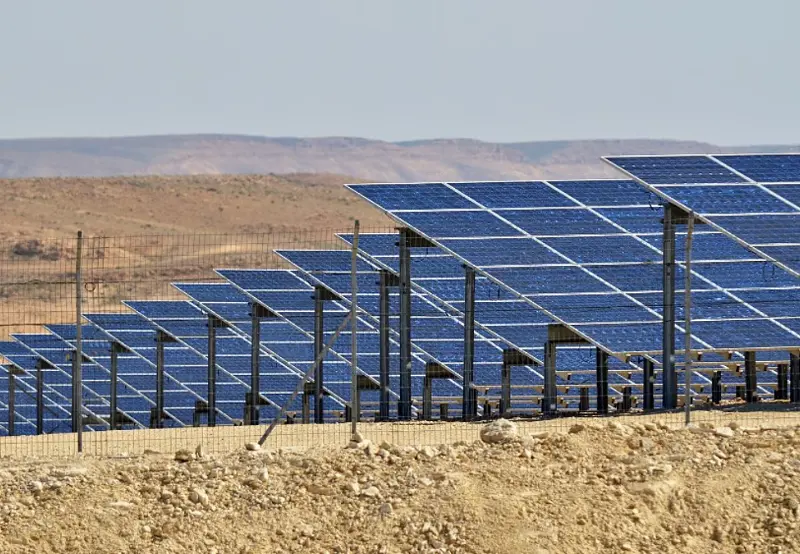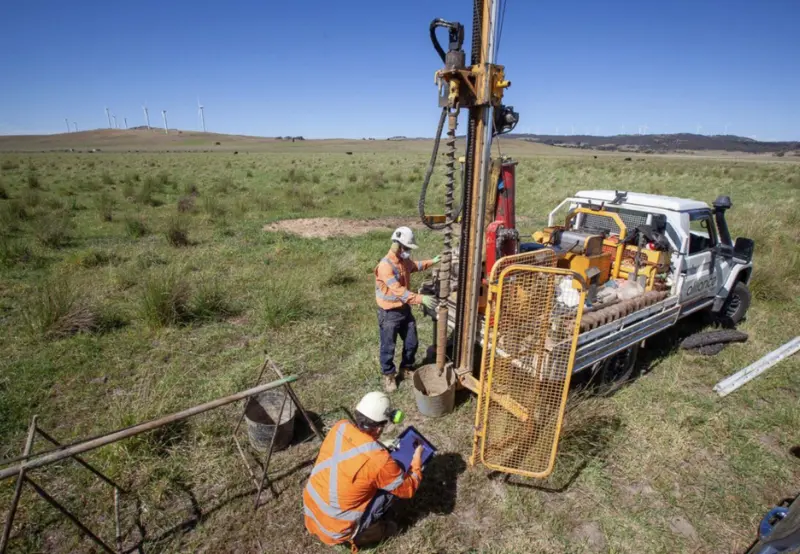Discover why the solar component factory Egypt project is transforming the MENA region—local production, green jobs, export potential. In‑depth, insightful, and up‑to‑date.
solar component factory Egypt has officially commenced operations with a landmark ground‑breaking in Ain Sokhna, part of the Suez Canal Economic Zone (SCZone). This ambitious USD 200 million investment—backed by China’s Sunrev Solar—marks a pivotal shift in regional clean‑energy strategy. Spanning 200,000 m², the two‑phase project places Egypt at the heart of Middle East and North Africa solar manufacturing.
📋 Table of Content
- What’s the Solar Factory Egypt Project?
- Why Ain Sokhna? Strategic Location Insights
- Phase 1: Solar Cells & Module Assembly
- Phase 2: Silicon Ingots & Wafers Production
- Economic & Environmental Impact
- Egypt’s Green Ambitions & Vision 2030
- What This Means for the MENA Region
1. What’s the Solar Factory Egypt Project?
Egypt’s largest-ever renewable‑energy factory is now in motion. The solar component factory Egypt project, funded by Sunrev Solar and SCZone, will set up an integrated manufacturing site for solar cells, modules, and raw materials—silicon ingots and wafers. Developed in two major stages, the site aims to produce 2 GW of solar capacity in its first phase alone.
2. Why Ain Sokhna? Strategic Location Insights
Ain Sokhna sits within the SCZone, a mammoth 460 km² area along Egypt’s trade artery, the Suez Canal. The zone offers tax incentives, duty‑free imports, and excellent connectivity via Red Sea and Mediterranean ports, rail links, and highways. These locational advantages make it ideal for export‑oriented solar manufacturing.
3. Phase 1: Solar Cells & Module Assembly
The first USD 90 million phase focuses on erecting two factories capable of churning out 2 GW of cells and modules. Scheduled for completion by mid‑2026, this stage will deliver competitively priced solar products for domestic and export markets across Africa, the Middle East, and Europe.
4. Phase 2: Silicon Ingots & Wafers Production
Investing a further USD 110 million, the second phase localises the production of silicon ingots and wafers—the foundational raw materials of photovoltaic cells. This step moves Egypt up the value chain, reducing dependence on imports and reinforcing industrial autonomy.
5. Economic & Environmental Impact
- Job Creation: Over 1,800 direct jobs plus additional indirect roles across logistics, R&D, and support services
- Export Revenue: Targeting USD 300 million in annual exports of solar modules
- Decarbonisation: Supports Egypt’s green‑energy targets and global climate goals
- Local Supply‑Chain Growth: Silicon ingot and wafer production helps cultivate downstream industries
6. Egypt’s Green Ambitions & Vision 2030
Aligned with Egypt Vision 2030 and the Suez Canal Corridor Development Project, the factory reinforces the nation’s goal to transition into a green manufacturing powerhouse. SCZone’s clean‑energy infrastructure projects—like wind farms, green‑hydrogen plants, and solar parks—are rapidly reshaping the region.
7. What This Means for the MENA Region
This milestone positions Egypt as a major player in solar manufacturing, alongside rising regional initiatives like Sharjah’s 60 MW SANA solar plant in the UAE and green‑hydrogen deals in Algeria. Egypt’s model could inspire similar national efforts, cementing MENA’s role in global clean‑energy supply chains.
✅ Top 5 Takeaways
| Takeaway | Why It Matters |
| Massive investment: USD 200 M boosts Egypt’s industrial leverage | Positions Egypt in solar manufacturing top‑tier |
| Localising supply chain: From raw materials to modules | Reduces costs & increases national security |
| High export potential | USD 300 M annual revenue strengthens foreign‑currency flows |
| Green jobs | Nearly 2,000 direct positions + indirect economic growth |
| Regional leadership | Sparks solar‑industry confidence across MENA |
🌟 Final Word
The solar component factory Egypt is more than just a construction project—it’s a national leap into renewable‑energy leadership. With localised production, ambitious exports, and a sustainable roadmap, Egypt is riding the solar wave and setting new green benchmarks across the region.





